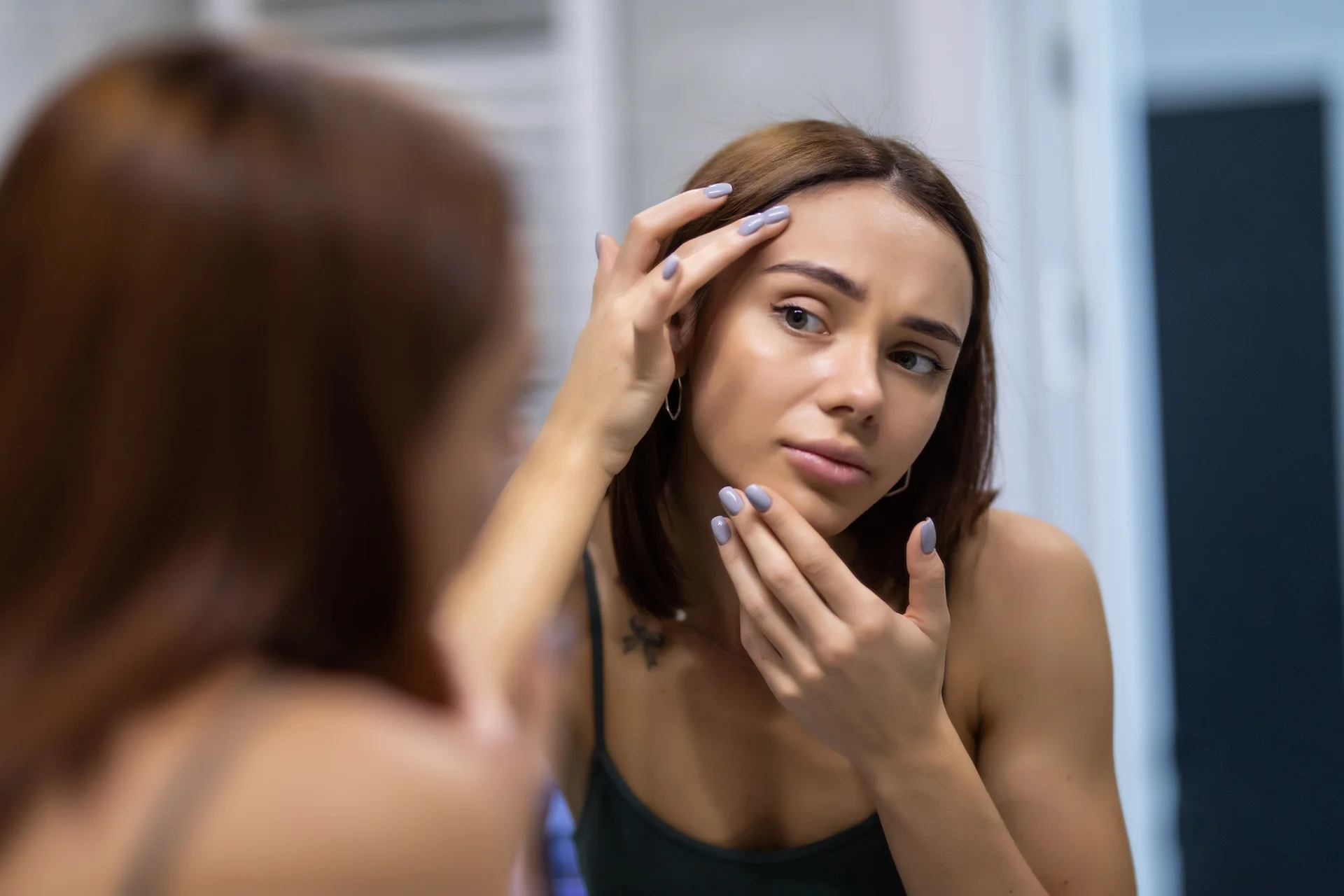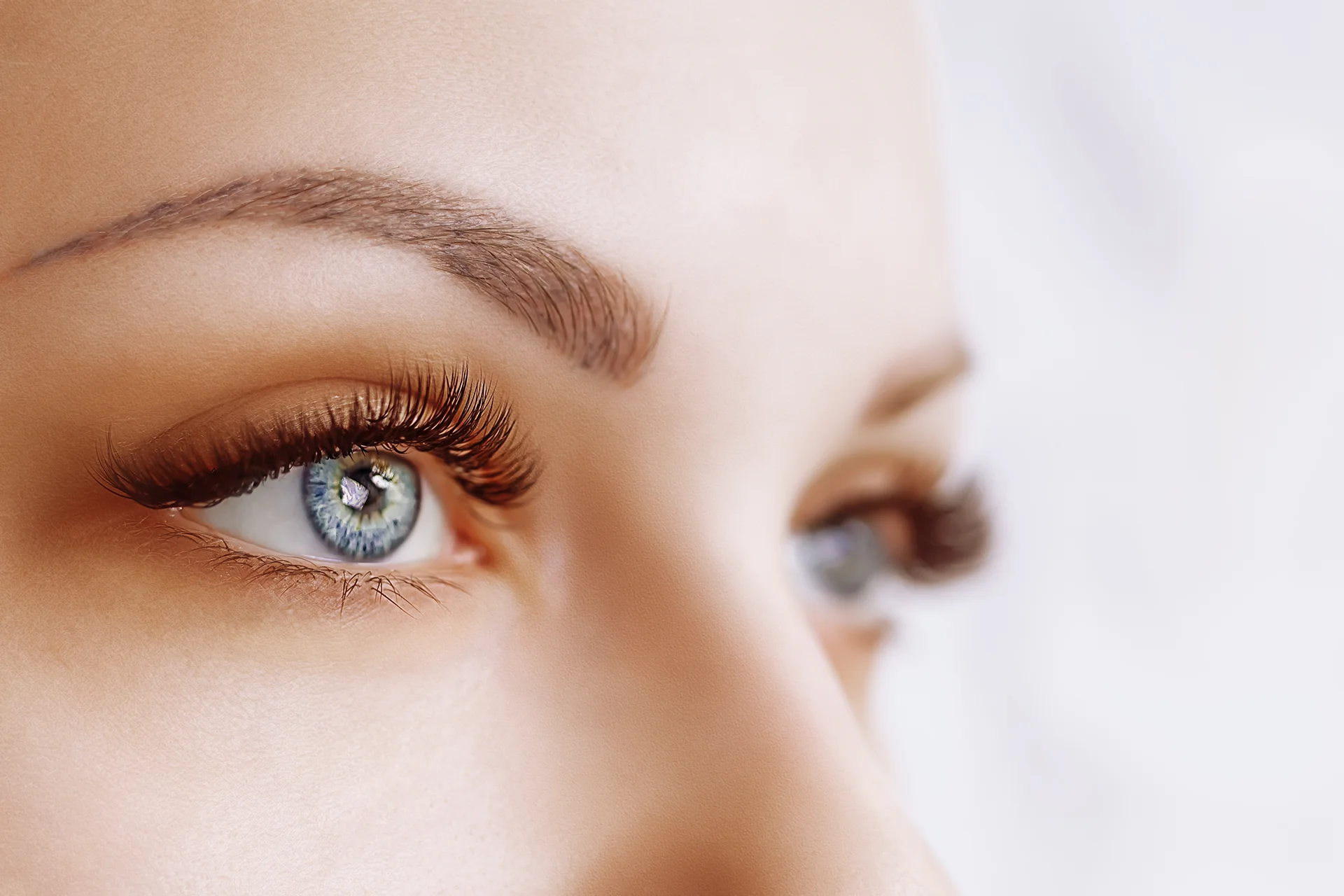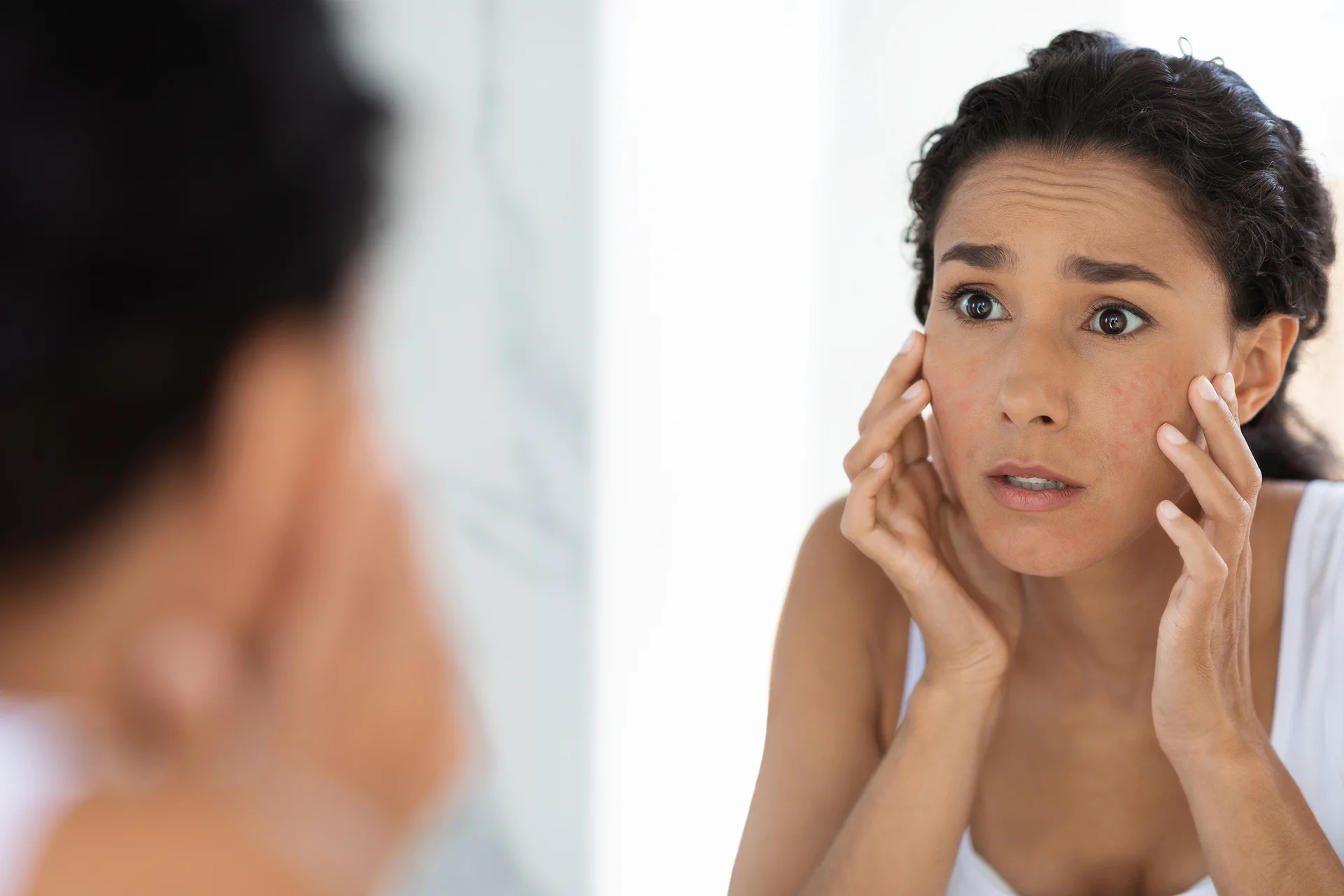Causes, Recovery Tips, and Best Practices for Optimal Skin Health Post-Treatment
Have you recently had a Morpheus8 treatment and now look like you went one too many rounds in the boxing ring? While swelling is a normal side effect after this rejuvenating procedure, having a puffy, distorted face is still no fun.
Don’t cancel your plans just yet – with a few simple tricks, you can minimize the swelling and bounce back faster. Read on to master the art of managing a swollen face with grace after Morpheus8.
Introduction to Morpheus8 Treatment
Microneedling powered by radiofrequency energy, Morpheus8 has become a popular choice for those seeking facial rejuvenation, anti-aging benefits, and body contouring without extensive downtime.
It utilizes fine needle tips and radiofrequency energy to remodel collagen, improve skin tone, and address issues like wrinkles, crepey skin, and uneven texture. By creating controlled micro-injuries to the skin, the body’s natural healing response kicks in to produce fresh, new collagen for smoother, firmer, and more youthful looking skin.
The radiofrequency thermal energy also heats tissue at various depths to provide tightening. This one-two approach of collagen stimulation and tissue heating provides noticeable improvements for both the face and body.
While considered a non-invasive treatment with minimal downtime, temporary swelling is a normal side effect as the skin works to heal itself post-procedure. Mild to moderate swelling is expected and typically peaks at around 72 hours before gradually subsiding.
What Causes Swelling After Morpheus8?
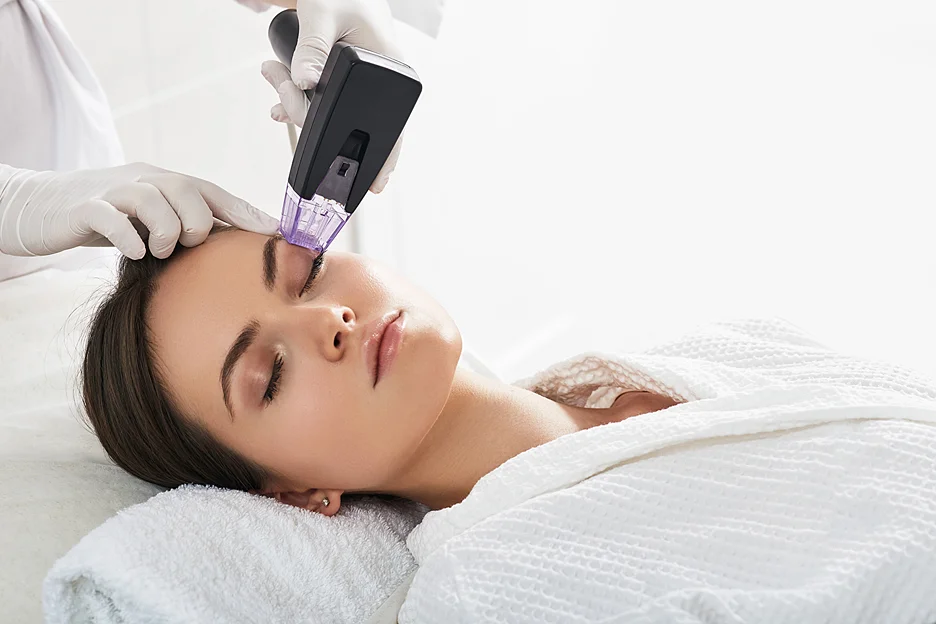
Swelling occurs due to the controlled injury to the skin and heating of tissue triggered by the two main mechanisms of Morpheus8: microneedling and radiofrequency technology. Here are some of the factors at play:
- As microneedling creates micro-injuries to the deeper layers of the skin, it signals your body’s natural healing response. This results to a rush of fluid and blood to the injured area, leading to inflammation and swelling.
- The application of radiofrequency heat induces thermal damage which causes the release of inflammatory mediators that dilate blood vessels. This results in fluid leakage into surrounding tissue, causing swelling.
- The body responds to these intentional micro-wounds and heating of tissue by sending nutrient and protein-rich fluids to the area as part of the healing and repair process. This influx of fluid causes temporary edema (swelling).
- The radiofrequency energy promotes new collagen synthesis. Collagen stimulation combined with the wound healing response produces temporary swelling while your body rebuilds plumper, smoother skin.
- Insertion of the microneedles creates tiny openings or punctures in the skin’s surface that allow fluids to accumulate and swell in the treatment area.
Relief Tips: How to Manage Swelling After Treatment
While swelling is a normal side effect of Morpheus8, the degree of swelling can vary from mild tightness and puffiness to more moderate swelling depending on the aggressiveness of the treatment, number of passes performed, and your individual response.
Here are some tips to help clients manage post-procedure swelling:
| Area | Tip |
| Rest and Recovery | Take it easy for 24-48 hours. Avoid strenuous exercise or activities that raise your heart rate. This helps minimize any additional blood flow to the treated area. |
| Cold Compresses | Wrap a cold pack or compress in a soft cloth and gently apply to the treatment area for up to 20 minutes a few times a day. The cold constricts blood vessels to reduce fluid buildup and provides soothing relief. |
| Head Elevation | Use extra pillows to keep your head elevated when resting or sleeping. This allows gravity to help minimize fluid accumulation in the treated area. |
| Medications | Over-the-counter options like acetaminophen (Tylenol) or anti-inflammatories can help reduce swelling and discomfort. Avoid blood thinning medications like aspirin. Always follow dosage guidelines. |
| Sun Protection | Avoid direct sun exposure and use a broad spectrum SPF 30 mineral sunscreen. Sun can worsen swelling and irritate treated skin. |
| Hydration | Drink plenty of water and non-caffeinated fluids to stay hydrated. Proper water intake supports healing. Avoid alcohol which can worsen swelling. |
| Skin Care | Gentle cleansing and moisturizing is key. Avoid exfoliating acids, retinols or harsh products until healing is complete. Use lukewarm water and pat dry. |
| Follow Aftercare Guidance | Closely adhere to all post-procedure instructions provided by your aesthetic provider for proper healing and to minimize potential side effects. |
| Watch for Signs of Infection | While rare, if swelling is severe or accompanied by excessive pain, warmth, redness, drainage or fever, contact your provider as this could indicate infection. |
When to Call Your Doctor
Your cosmetic surgeon or skincare specialist should provide detailed aftercare instructions following your treatment to support healing and avoid complications. Contact your provider right away if you experience:
- Excessive swelling that increases substantially after 3 days
- Swelling accompanied by severe pain that is not relieved by medication
- Swelling that extends beyond the treatment area
- Any purulent discharge, excessive redness, warmth at the site or fever – potential signs of infection
- Bleeding that does not subside after a few minutes of pressure
- Severe bruising that extends far beyond the treatment area
- Hives, itching, rash or other signs of allergic reaction
Protecting Skin Post-Morpheus8
- Avoid direct sun exposure which can darken or discolor recently treated skin. Vigilant sun protection is vital.
- Do not use exfoliating products or aggressive treatments like chemical peels that strip the skin prematurely.
- Avoid prolonged hot water which can worsen inflammation. Use lukewarm water and gently pat dry.
- Do not pick or scrub freshly treated skin which can lead to scarring.
- Apply a thick layer of mineral SPF 30 sunscreen to shield delicate skin as directed by your provider.
What to Expect During Recovery
The amount of downtime and recovery varies from patient to patient depending on several factors:
- Depth of treatment
- Number of treatment passes
- Extent of treatment area
- Individual response and healing ability
Here are some general expectations and recovery milestones:
| Timeline | Recovery Milestones |
| Days 1-3 | Swelling and redness peaks around days 2-3. Use cold compresses to alleviate swelling. Cleanse skin gently. |
| Days 3-5 | Swelling should start improving. Bruising may appear as redness fades. Avoid sun exposure. |
| Days 5-7 | Swelling continues to diminish. Bruising starts yellowing as it resolves. Discomfort subsides. |
| Days 7-14 | Residual swelling and bruising continue to improve. Tenderness and tightness resolve. |
| 2+ Weeks | Swelling fully resolves. Can resume light exercise. Begin to reintroduce skin care actives. |
| 6+ Weeks | Skin shows significant improvements in tone, texture and radiance. Can resume all normal activities. |
| Ongoing | Continued improvements over 3-6 months as deeper tissue remodeling occurs. Maintain SPF daily. |
Your provider determines the appropriate treatment depth, energy level and number of passes based on your skin goals and tolerance. Those having a lighter single-pass treatment may recover more rapidly, while a more aggressive multi-pass approach requires additional healing time for optimal results.
Possible Risks
Risks are minimal with Morpheus8 but can include:
- Infection: Proper aftercare reduces the small risk of infection. Contact provider for signs of infection like warm, red skin with pus/discharge, fever, etc.
- Scarring: Scarring is unlikely but can occur if skin is not allowed to heal properly. Avoid picking, scrubbing or irritating treated skin.
- Hyperpigmentation: Darkening of treated skin is not common but Sun protection is vital to avoid discoloration, especially in darker skin tones.
- Allergic Reaction: Topical numbing creams or solutions used can rarely trigger a reaction. Speak to your provider about allergies or sensitivities.
- Thermal Injury: The radiofrequency heat penetrates tissue at controlled levels. Very rarely, some burn or irritation can occur if settings are too high.
Proper candidate selection, treatment protocol and aftercare greatly minimize risks of side effects. Speak to your cosmetic provider about any concerns.
Key Takeaways
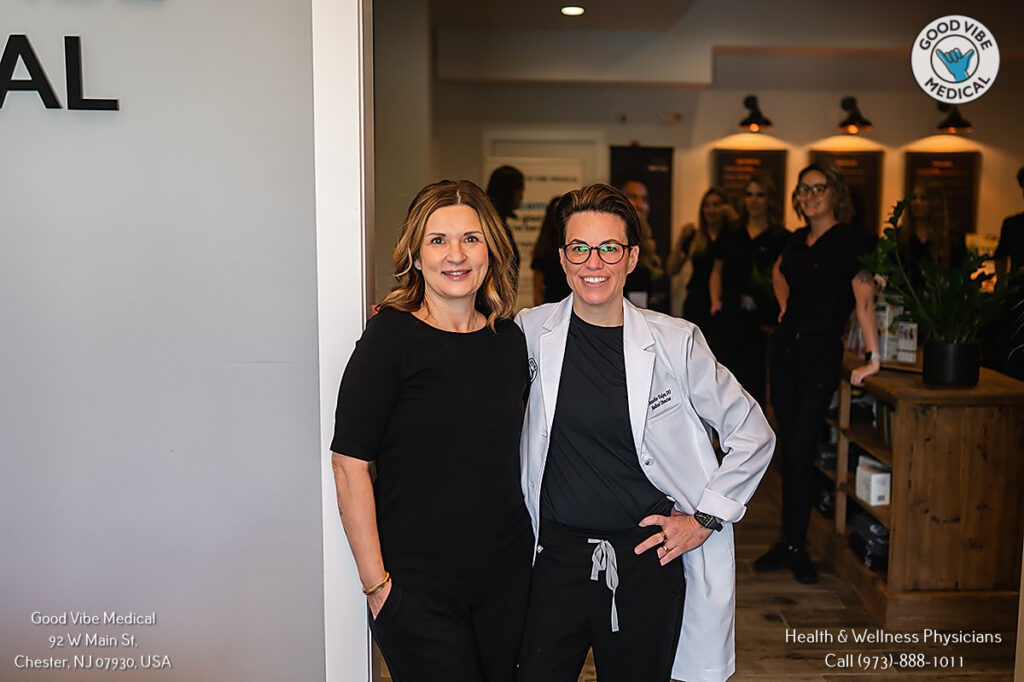
Morpheus8 offers remarkable rejuvenation with little downtime via its synergistic microneedling and radiofrequency technology. Mild to moderate swelling can be expected as part of the normal healing process. Following proper aftercare guidance and monitoring your progress closely allows you to proactively manage swelling and side effects for optimal results.
Be diligent with sun protection, gentle cleansing, hydration and avoiding activities that raise body temperature immediately post-treatment. Allow your body adequate rest and recovery time to focus its efforts on repairing the micro-injuries and newly formed collagen for refreshed, smoother skin.
Partner with an experienced cosmetic provider at a reputable medical spa like Good Vibe Medical for your Morpheus8 treatment. Our expertise and specialized protocols deliver significant yet gentle rejuvenation customized for your unique skin. With proper aftercare and effective swelling management, you’ll be on your way to more youthful, radiant skin!
